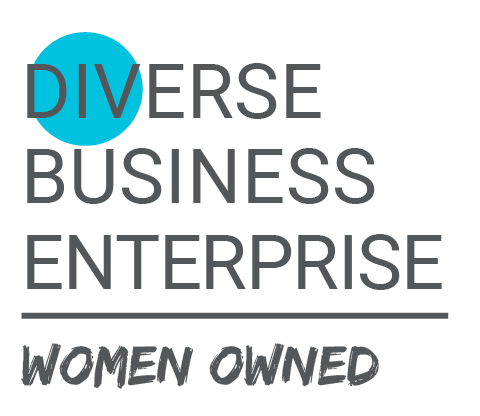Whether you’re the employee or employer, a toxic workplace culture is bad for business.
But what is a “toxic” culture and how is that different than just “culture”? Here are 10 ways you can recognize toxic symptoms in your own business.
- Sagging Productivity
Regardless of how challenging the work is, if you’ve done time studies to determine rate/productivity and your employees still aren’t productive, it’s time to turn to your culture for more clues. - Poor Quality
The more employees care, the higher the quality standards they will maintain. But if the culture is toxic, you may have a hard time finding employees to care and maintain quality standards if they don’t feel loyal or connected to the organization. - Shrinking or Stalled Profits
You can have the best product or service offering, but if sales are struggling, the “why” may seem like it’s your employees when it can actually be your culture. If productivity and quality are suffering, sales are likely suffering too. And just because you can pinpoint a person’s error doesn’t mean it’s their fault. A healthy culture has thriving sales and profits. - Missed Strategy
If your sales and profits are doing OK, but you aren’t moving forward strategically, a toxic culture could be the root cause. How is this possible? There are quite a few things that fold into this but if your employees are meeting productivity and quality but not meeting strategic goals, it’s probably because you have the right processes in place for the day-to-day, but your culture isn’t motivating people to do more. It could be the consequences of failure, time constraints, or lack of resources, but if you’re failing on strategy, turn back to culture. - Lack of Creativity
This is directly linked to positive and encouraging cultures. Employees need freedom from failure and autonomy to be creative. If your organization is spinning around the same solutions to the same problems or product/service development has come to a halt, your culture might be toxic and as a result, shutting down creativity.
- Misalignment
If communication is misfiring and employees don’t know the direction they should be going and when, this could be another symptom of a toxic workplace. Workplace cultures that are thriving have all employees fully aware of expectations and goals and they all add daily to those efforts because it’s clear to them and means something to them. If your organization doesn’t have a clear direction, you’re already in a toxic trench. - Low Discretionary Efforts:
If you’ve got an entire employee population of “clock-punchers” your culture might be toxic. The ideal culture has the right people in the right seat, which means they love their job and are willing to put in a little extra. If your organization doesn’t have people willing to go the extra mile, it’s because there’s a reason. - High Turnover
This is probably the most visible sign something is wrong in your culture — people are leaving and quickly. Regardless of unemployment rates, a strong and thriving culture keeps people. So, if people are moving on quickly after starting, it’s time to take a deep look at your culture. - High Employee Relations Issues
A little less obvious, but critical, is the conflict within your four walls. While employee relations issues happen everywhere, an increasing number of incidents is a red flag that employees are unhappy, and conflict is bubbling up. And if it’s making its way to Human Resources, the leadership team may not have the right resource to support employees either. - Gossip
Simply put: if people are saying your culture is toxic, it probably is. Perception is reality after all.
So how do you undo a toxic culture? Start with a culture strategy! Cultures will happen organically, but that doesn’t mean they will be good ones. In order to have a strong positive culture, you need to be intentional about the culture you want to create. For more ideas on how to build a culture strategy, check out our recent blog How to Create a Company Culture.
If you need help developing an effective company culture, you may benefit from a talent strategy consultation.



















